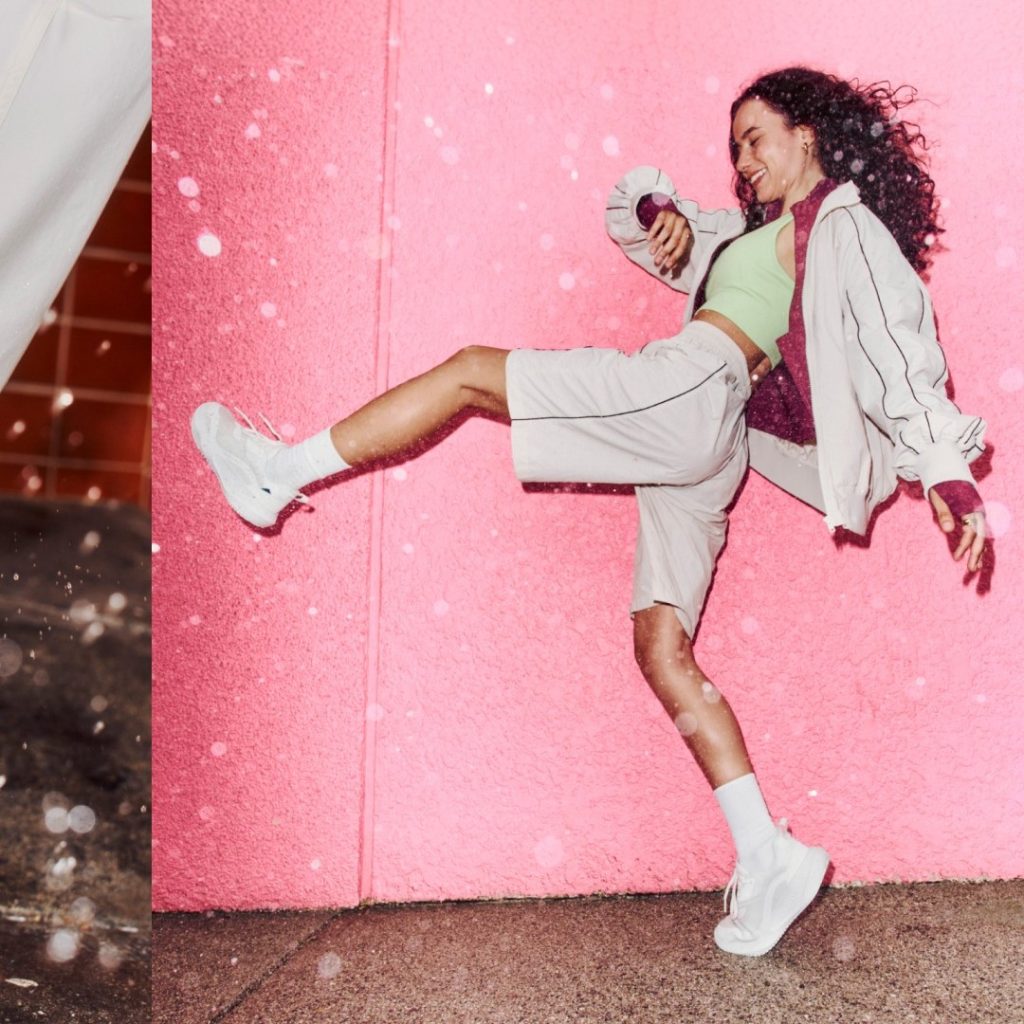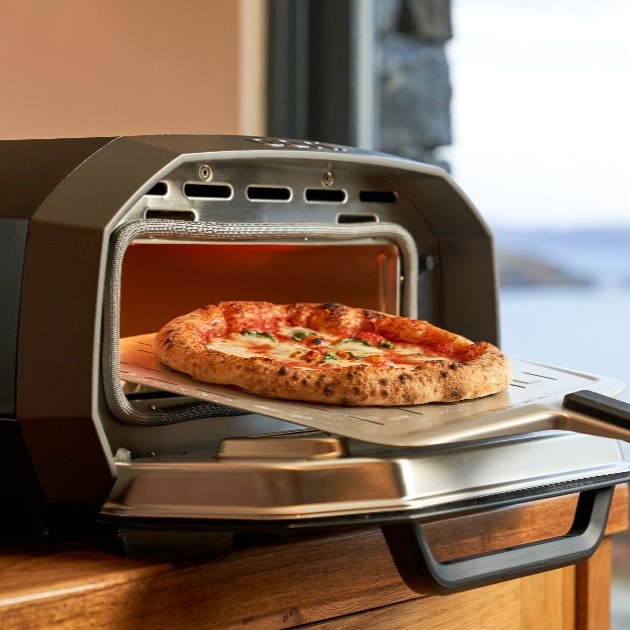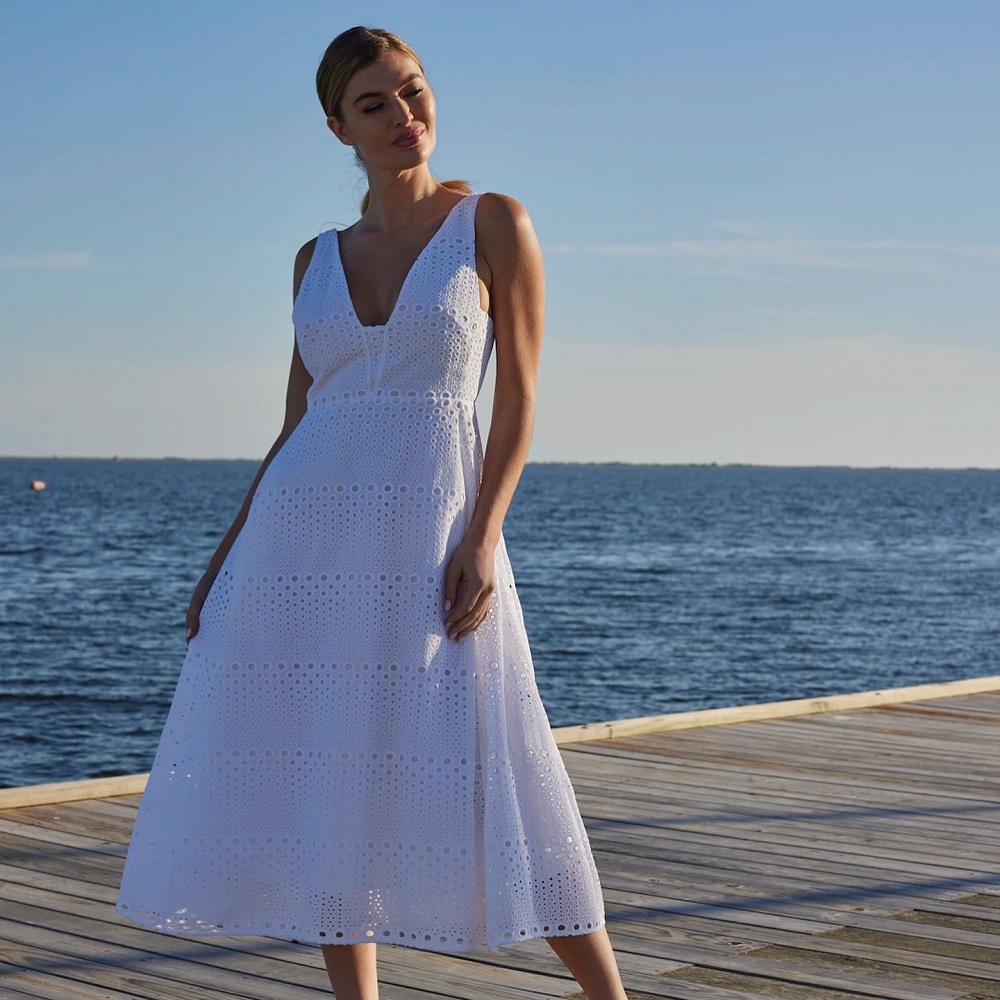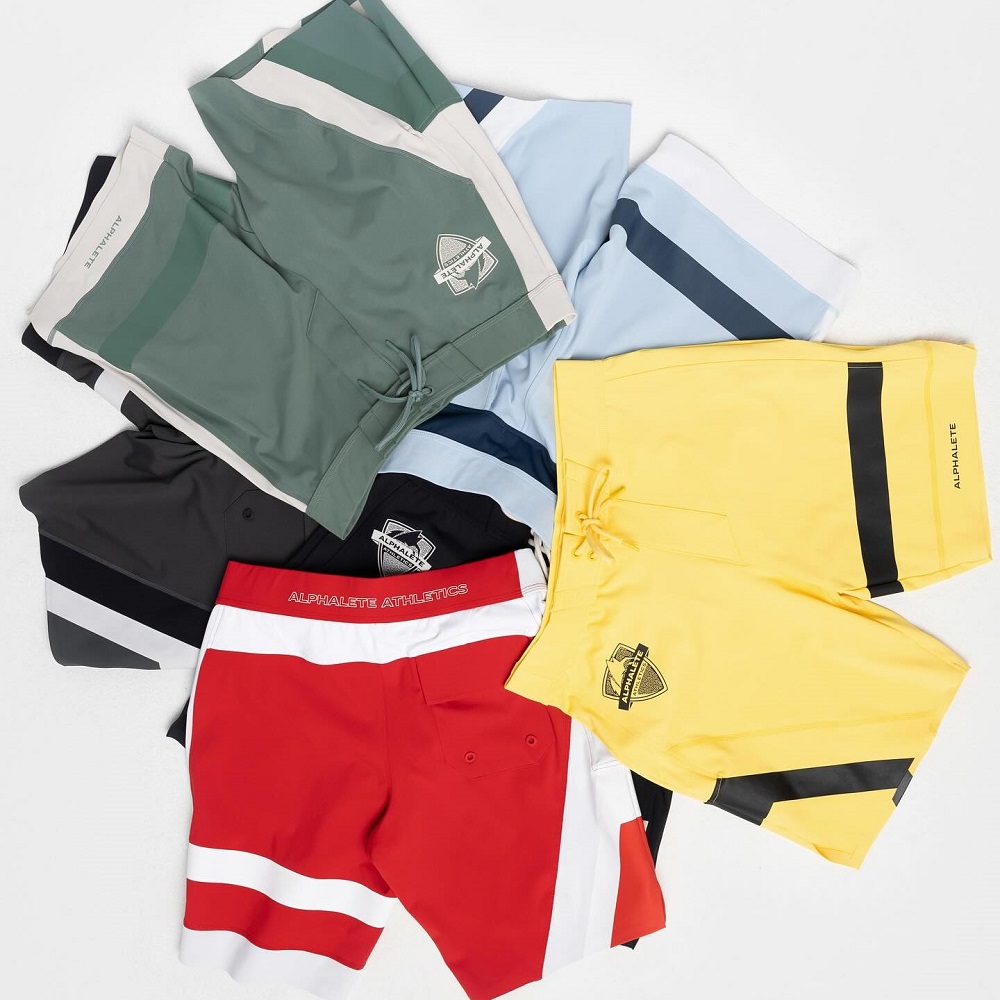Do Hokas Run Big? A Comprehensive Sizing Guide
Table of Contents
When it comes to running shoes, finding the right fit is crucial for both comfort and performance. Hokas have become a popular choice for runners due to their thick cushioning and unique design, but many people wonder if they run big or small.
According to Hoka’s website, their shoes are designed to fit true to size. However, some runners have reported that they do run slightly larger than other brands. This may be due to the extra cushioning and wider toe box, which can make the shoes feel roomier than expected.
It’s important to note that everyone’s feet are different, and what works for one person may not work for another. It’s always recommended to try on shoes before purchasing them, and to consider factors such as foot shape, arch support, and personal preferences.
Hoka Sizing
When it comes to buying a new pair of running shoes, sizing is one of the most important factors to consider. The right size ensures a comfortable fit and can prevent injuries. In this section, we will discuss Hoka sizing and how to determine the right size for you.
Understanding Hoka Sizing
Hoka running shoes are known for their unique design, which features a thick midsole for extra cushioning and support. This design can affect the sizing of the shoes. Hoka shoes generally run true to size, but some runners may find that they need to size up or down depending on their foot shape and preferences.
It’s important to note that some Hoka models may fit differently than others. For example, the Hoka Clifton may fit differently than the Hoka Bondi due to differences in design and materials. It’s always a good idea to try on different models and sizes to find the best fit for you.
How to Determine Your Hoka Size
There are several ways to determine your Hoka size. One option is to visit a local running store and have a professional fitting. This can help ensure that you get the right size and fit for your foot shape and running style.
If you prefer to shop online, you can use Hoka’s sizing chart as a guide. The chart provides measurements in both US and EU sizes and includes foot length and width measurements for each size.
Another option is to measure your feet at home using a ruler or measuring tape. To do this, stand with your heel against a wall and measure the length of your foot from the wall to the tip of your longest toe. Use this measurement to find your size on the Hoka sizing chart.
In conclusion, finding the right size for your Hoka running shoes is crucial for a comfortable and safe running experience. Understanding Hoka sizing and using the available resources can help you find the perfect fit for your feet.
Factors Affecting Hoka Sizing
Foot Shape
Foot shape plays a significant role in determining the right size of Hoka shoes. People with wide feet may find it challenging to fit into regular-sized shoes, and they may require a larger size. On the other hand, people with narrow feet may need to size down to get a snug fit.
It is essential to measure your feet before purchasing Hoka shoes. You can use a Brannock device or a ruler to measure the length and width of your feet. Hoka shoes are available in different widths, including regular, wide, and extra-wide, to accommodate different foot shapes.
Arch Type
Arch type is another factor that affects Hoka sizing. People with high arches may require more cushioning and support, and they may need to size up to get a comfortable fit. People with flat feet, on the other hand, may require less cushioning and support, and they may need to size down to get a snug fit.
Hoka shoes come with different levels of arch support, including neutral, moderate, and maximum. It is essential to choose the right level of arch support based on your foot type and running needs.
Running Style
Running style is another factor that affects Hoka sizing. People who run with a heel strike may require more cushioning and support, and they may need to size up to get a comfortable fit. People who run with a midfoot or forefoot strike may require less cushioning and support, and they may need to size down to get a snug fit.
Hoka shoes come with different levels of cushioning and support, including soft, moderate, and firm. It is essential to choose the right level of cushioning and support based on your running style and preferences.
Tips for Buying Hokas
When it comes to buying Hoka running shoes, there are a few things to keep in mind to ensure that you get the right fit. Here are some tips:
Trying on Hokas in Store
If possible, it’s always a good idea to try on running shoes in person before making a purchase. When trying on Hokas, consider the following:
- Bring your usual running socks to wear with the shoes.
- Try on both shoes and walk around the store to get a feel for the fit.
- Make sure there is enough room in the toe box for your toes to move around comfortably.
- Check that the heel is snug but not too tight.
- Consider trying on different sizes or widths to find the best fit.
Ordering Hokas Online
If you’re ordering Hokas online, it can be a bit trickier to ensure a good fit. Here are some tips:
- Measure both feet and refer to the sizing chart on the website to determine the best size to order.
- Read reviews from other customers to see if they mention anything about the fit.
- Consider ordering from a website with a good return policy in case the shoes don’t fit properly.
By following these tips, you can increase your chances of finding the right fit when buying Hoka running shoes.
Conclusion
Based on the research conducted, it can be concluded that the sizing of Hoka running shoes varies depending on the model and the individual’s foot shape and size. Some runners may find that Hokas run big and therefore may need to size down, while others may find that they run true to size or even small.
It is important for runners to try on multiple sizes and models of Hoka shoes to determine the best fit for their feet. Additionally, consulting with a running specialist or Hoka retailer can provide valuable insight and guidance in selecting the appropriate size and model for optimal performance and comfort.
Overall, while there is no definitive answer to whether Hokas run big or not, runners can take steps to ensure they are selecting the best fit for their individual needs and preferences.








